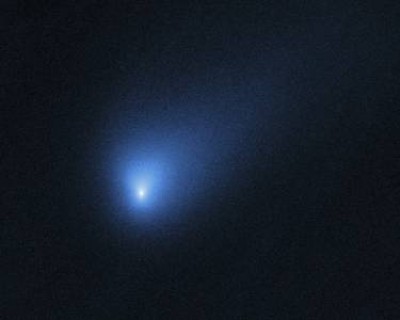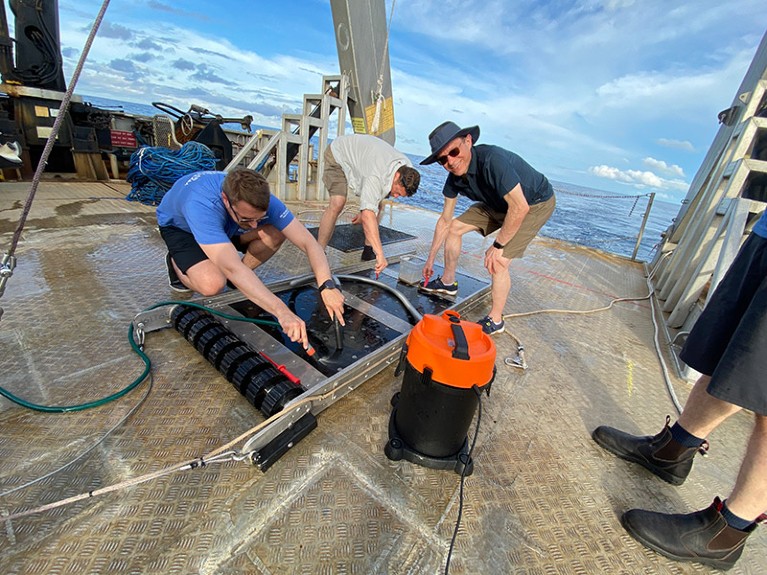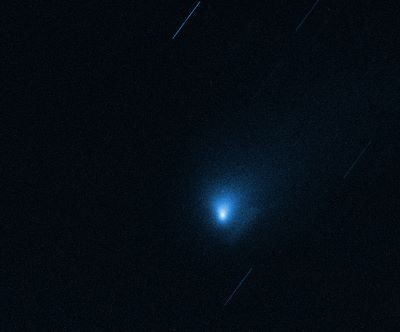[ad_1]
el Alas de Dallas Su nombre es dos veces WNBA El Entrenador del Año Kurt Miller será el próximo gerente general, anunció el equipo el viernes.
Miller, quien entrenó al equipo las últimas dos temporadas. Chispas de Los Ángeles Y los siete capítulos anteriores a eso con Sol de Connecticutllenará el vacío en Dallas como parte de una reestructuración regulatoria más amplia. A mediados de octubre, Dallas anunció que despediría a la entrenadora en jefe Latricia Trammell y que el presidente y director ejecutivo Greg Bibb contrataría a un gerente general que supervisaría las operaciones diarias de baloncesto de la franquicia.
Siete franquicias, sin incluir a los Golden State Valkyries entrantes, han realizado cambios de entrenador en jefe esta temporada baja, incluidos los Sparks luego de la partida de Miller. Dallas también fue una de las tres franquicias: Místicos de Washington y Ases de Las Vegas Ser otros es tener una apertura para GM.
Miller tiene experiencia previa como gerente general, desempeñando funciones duales de entrenador/gerente general con el Sun a partir de septiembre de 2016. Durante su mandato con el Sun, Connecticut alcanzó las Finales de la WNBA y otras cuatro apariciones en semifinales.
“Con una nueva arena e instalaciones de práctica en el horizonte, una plantilla talentosa que tiene un impacto tanto en el campo como en la comunidad, una posición emocionante en el próximo draft, una base de seguidores apasionados y leales, un grupo de propietarios totalmente comprometido y una plantilla dedicada. “Como entrenador en jefe veterano y gerente general de la WNBA, espero traer mi experiencia, pasión y liderazgo a Texas mientras nos esforzamos por lograrlo. Cuelga el cartel del campeonato de la WNBA en Dallas”.
Miller estuvo a punto de llegar a Dallas hace dos temporadas, cuando fue finalista para el puesto de entrenador de los Wings en 2023 antes de finalmente asumir el cargo de Sparks, dijeron fuentes de la liga. el atleta. También será vicepresidente ejecutivo de operaciones de baloncesto en Dallas.

Kurt Miller se reúne con los jugadores de Sparks durante el partido contra Minnesota Lynx el 5 de junio de 2024. (Foto: Juan Ocampo/NBAE vía Getty Images)
En Los Ángeles, Miller fue contratado para encabezar una reconstrucción, pero aun así fue despedido después de dos temporadas en las que tuvo marca de 25-55.
Pep dijo en un comunicado que cree que la “capacidad de Curt para construir equipos ganadores, así como su éxito como entrenador en la WNBA y más allá, resultarán invaluables”.
Una de las primeras prioridades de Miller será contratar un nuevo entrenador en jefe y preparar la franquicia para el próximo draft de expansión, previsto para el 6 de diciembre.
El 17 de noviembre, los Wings también descubrirán su posición en el draft. A pesar de que tienen el segundo peor récord combinado en las últimas dos temporadas, entran a la lotería con las mejores probabilidades de obtener la primera selección, porque tienen un 22,7 por ciento de posibilidades de obtener la selección con su propia selección, y otra 22.7. La oportunidad de obtener selección mediante derechos de permuta de selección con cielo de chicago. Esto les da un 45,4 por ciento de posibilidades combinadas de obtener la primera selección, mientras que los Sparks tienen un 44,2 por ciento de posibilidades de obtener la primera selección.
Miller y los Wings tendrán que tomar una serie de decisiones clave esta temporada. Delantero veterano Natasha Howard Ya ha dicho que probará el mercado de agentes libres y está considerando un nuevo equipo. Sattu Sabalidelantera del primer equipo All-WNBA de 2023, también es agente libre sin restricciones y podría fichar por otro lado.
Los Wings terminaron 9-31 la temporada pasada, pero están a solo un año de ser el cuarto puesto en los playoffs.
Como parte de los cambios organizacionales más amplios, la franquicia también anunció ascensos al veterano asistente del gerente general Travis Charles, quien ahora se desempeñará como vicepresidente senior de operaciones de baloncesto y asistente del gerente general, así como a la ex jugadora de la WNBA convertida en entrenadora de desarrollo de los Wings, Jasmine Thomas. quien ahora se desempeñará como Vicepresidente de Operaciones de Baloncesto y Subgerente General.
Dallas también tiene como objetivo mudarse a una nueva instalación de práctica para el inicio de la temporada 2026, mudándose de Arlington a un estadio renovado en el centro de Dallas también para esta temporada.
Lectura requerida
(Foto: Keith Birmingham/MediaNews Group/Pasadena Star-News vía Getty Images)
[ad_2]
Source Article Link








